Articles
Rolex Price Increase 2025: A Detailed Analysis
Rolex Raises Prices in 2025: What You Need to Know
Rolex, the renowned Swiss watchmaker, has once again increased the prices of its watches in 2025. This news may not come as a surprise to seasoned Rolex enthusiasts, as the brand has a history of annual price adjustments. However, the 2025 increases are notable for their varying degrees across different models and materials. While steel models have seen relatively modest increases, gold models have experienced significant price hikes, primarily due to the surging price of gold.
Rolex typically doesn’t make formal announcements about price adjustments; instead, they simply update their official retail listings, often annually or even more frequently. The price increases vary depending on the model and material. Steel models have seen an average increase of around 1%, while gold models have seen increases of up to 14%. Two-tone models, which combine steel and gold, have seen increases ranging from 5% to 9%. Platinum models have also seen modest increases of around 1%.
New Prices for Popular Rolex Models
Here’s a table summarizing the new prices for some of the most popular Rolex models:
| Model | 2025 List Price | 2024 List Price |
|---|---|---|
| Steel Submariner 124060 | $9,200 | $9,100 |
| (Classic dive watch with a black dial and bezel.) | ||
| Steel Submariner Date 126610 LN | $10,400 | $10,250 |
| (Dive watch with a date display and a black dial and bezel.) | ||
| Steel GMT-Master II 126710 on Oyster | $10,800 | $10,700 |
| (Watch with a dual time zone function and a black and blue “Batman” bezel.) | ||
| Steel Datejust 36 with fluted bezel on Jubilee | $9,250 | $8,950 |
| (Classic dress watch with a date display, fluted bezel, and Jubilee bracelet.) | ||
| Rose Gold or White Gold Daytona on Oysterflex | $38,100 | $32,100 |
| (Sporty chronograph with a rose gold or white gold case and Oysterflex bracelet.) | ||
| Yellow Gold Daytona on Oyster 126508 | $47,000 | $39,500 |
| (Luxury chronograph with a yellow gold case and Oyster bracelet.) |
Percentage Increase for Popular Rolex Models
The percentage increase for popular Rolex models varies depending on the material and model. Here’s a summary based on the available information:
| Model | Material | Percentage Increase |
|---|---|---|
| Daytona | Gold | 13% – 19% |
| Daytona | Steel | 2.6% – 3% |
| Submariner | Steel | 1% |
| Submariner | Two-tone | 5% – 9% |
| Submariner | Gold | 7% |
| GMT-Master II | Steel | 0.9% – 1% |
| Datejust | Steel | 1% |
| Datejust | Two-tone | 5% |
| Datejust | Gold | 7% |
Several factors contribute to the 2025 Rolex price increase:
- Increased Production Costs: Global economic challenges, including supply chain disruptions, labor shortages, and rising raw material costs, have impacted manufacturing industries worldwide, including luxury watchmaking. Rolex, known for its high-quality materials and intricate craftsmanship, faces increased expenses in producing its watches, leading to price adjustments.
- Global Economic Uncertainty: The upcoming U.S. presidential election and other geopolitical events contribute to market uncertainty, potentially impacting luxury goods like Rolex watches. This uncertainty may further justify the price increase as a way to maintain value and exclusivity.
- Surging Gold Prices: The most significant factor influencing the price increase, particularly for gold models, is the surge in gold prices. Gold has reached its highest performance in over a decade, and as a precious metal used extensively in Rolex watches, its rising cost directly affects the final price of these timepieces. Lower interest rates globally have made gold, a traditional safe-haven asset, more appealing to investors, further driving up demand and prices.
- Maintaining Exclusivity: Rolex has a long-standing strategy of maintaining exclusivity and desirability for its products. These incremental price hikes are part of Rolex’s long-term strategy, ensuring exclusivity and maintaining the reputation for consistent value. By strategically increasing prices, the brand controls demand and reinforces the perception of its watches as luxury items and valuable investments.
- Strong Market Demand: Despite previous price increases, demand for Rolex watches remains strong, particularly for popular steel models like the Daytona and Submariner. This sustained demand allows Rolex to adjust prices without significant risk of losing customers.
Expert Opinions and Analysis
Experts in the watch industry have offered their insights on the Rolex price increase:
- EW Watches: Predicts an average price hike of 5% to 7% across most Rolex models, driven by global economic challenges, the U.S. presidential election, and surging gold prices.
Wristler: Suggests that the price increase for steel models might be higher than in previous years due to increased market demand.
- Monochrome Watches: Notes that the price increase for steel models is minimal, while gold and two-tone models are significantly impacted due to the rise in gold prices.
- Teddy Baldassarre: Highlights that all Rolex models previously under $10,000 remain under $10,000 in 2025, emphasizing the significance of this price point for the brand.
- Experts note that higher prices are unlikely to discourage affluent buyers, who are less impacted by market changes.
Historical Data on Rolex Price Increases
Rolex has a history of increasing prices annually. Over the past five years, the price index of the most popular Rolex models has risen by almost 42%. However, there have been periods of price correction and fluctuations. For example, in 2023, the average price of Rolex watches decreased by around 12%. Despite short-term fluctuations, Rolex watches have historically demonstrated strong long-term investment potential, with prices appreciating significantly over 3 and 5-year periods.
Comparing the 2025 Increase to Previous Years
The 2025 price increase is generally in line with previous years’ trends, with an average increase of around 4% to 6% for most models. However, the significant increase in gold prices has led to more substantial price hikes for gold models compared to previous years. Analysis of price trends from 2022 to 2025 reveals that gold Rolex watches have generally experienced more significant price increases compared to their steel counterparts.
Impact on the Pre-Owned Rolex Market
Rolex’s retail price hikes inevitably impact the pre-owned market. Dealers adjust their prices to reflect the new baseline, which often drives up the resale value of pre-owned models. This can present both challenges and opportunities for collectors. Pre-owned Rolex models, especially those in excellent condition, are now fetching prices close to or even exceeding their original retail value. The price increase could further widen the gap between retail and resale values, making immediate resale a less attractive option for buyers.
Conclusion
The 2025 Rolex price increase reflects a combination of market forces, economic factors, and the brand’s strategic decisions. While the increases may be frustrating for some buyers, they reinforce Rolex’s position as a luxury powerhouse whose products hold and often appreciate in value. For collectors and enthusiasts, these price adjustments underscore the enduring appeal of Rolex watches as both functional timepieces and valuable investments.
The impact of these price adjustments varies for different types of buyers. First-time buyers may face higher entry costs, potentially needing to adjust their budgets or consider alternative models. Collectors, on the other hand, may see the value of their existing collections increase, presenting potential opportunities for selling or trading. Investors may find gold Rolex watches particularly attractive, given their historical price appreciation and the current strong performance of gold.
Looking forward, experts anticipate that Rolex prices will continue to rise in 2025, driven by the strong performance of gold and sustained demand for luxury watches. This trend suggests that Rolex watches will likely remain a desirable asset, both for their horological significance and their investment potential.


